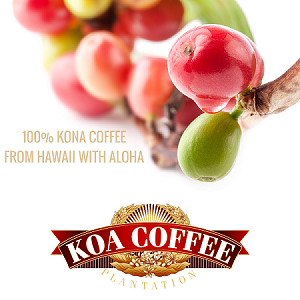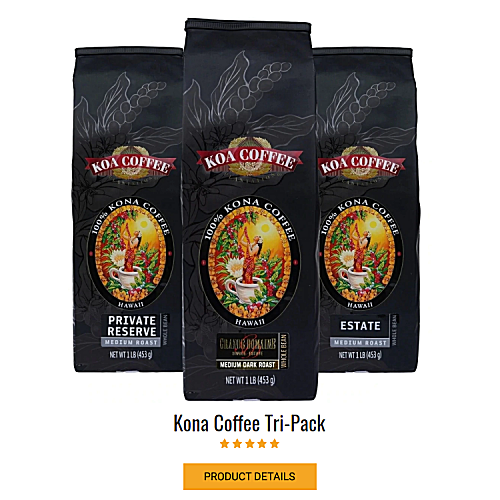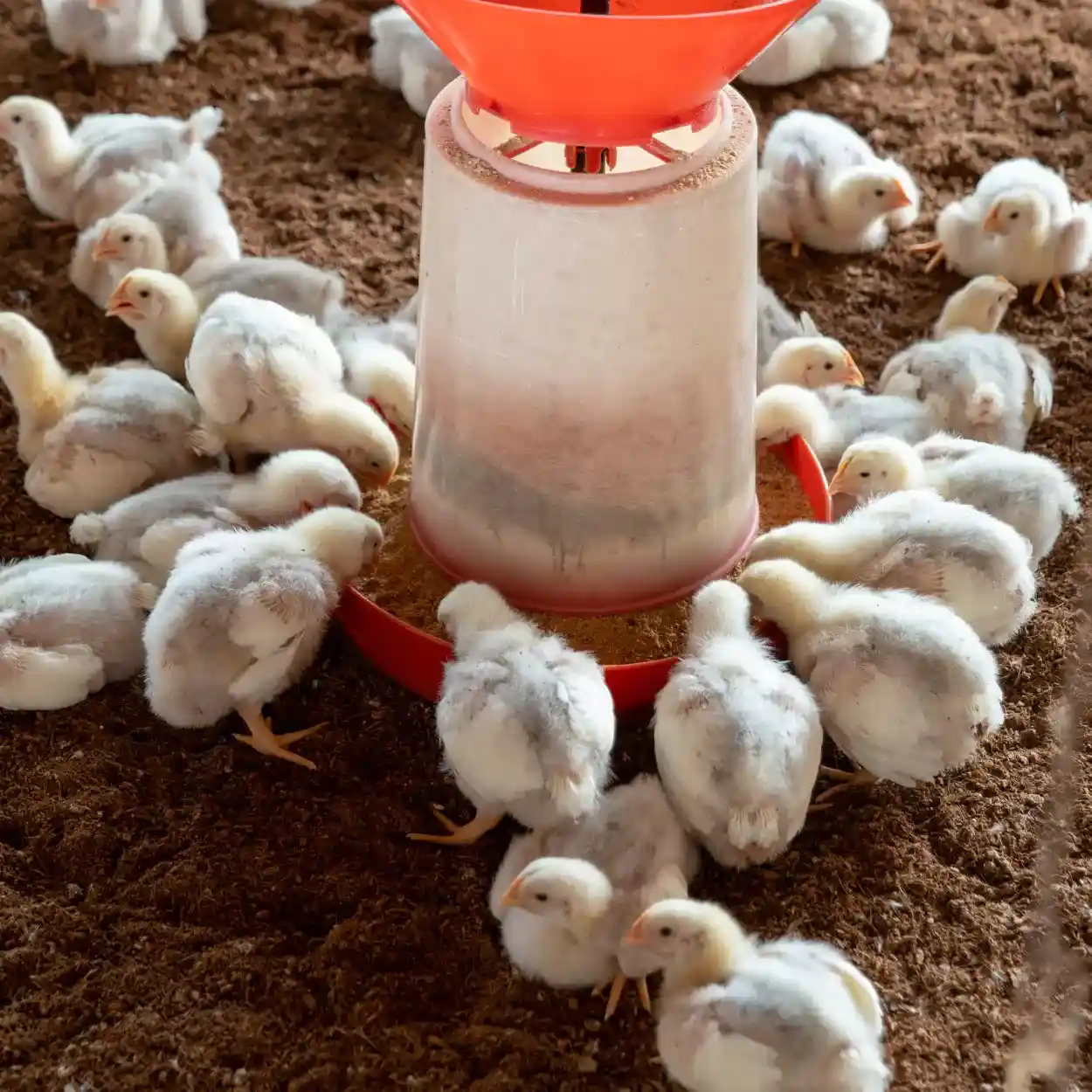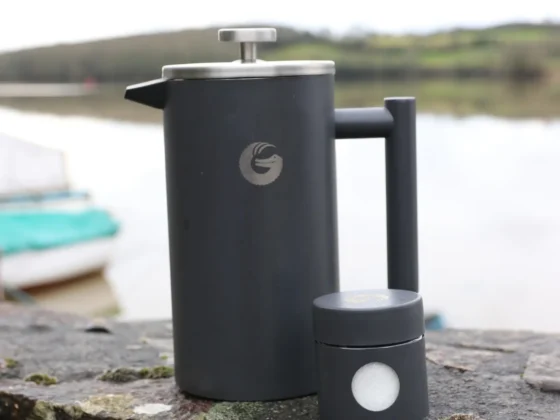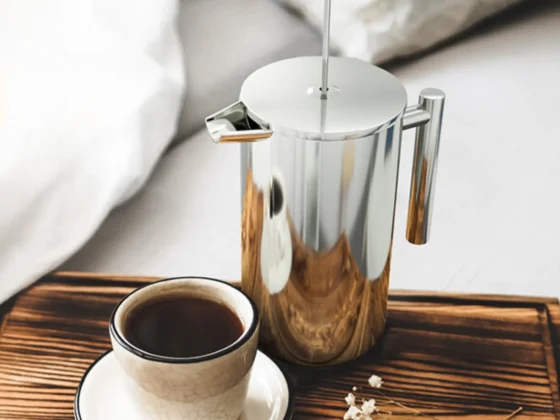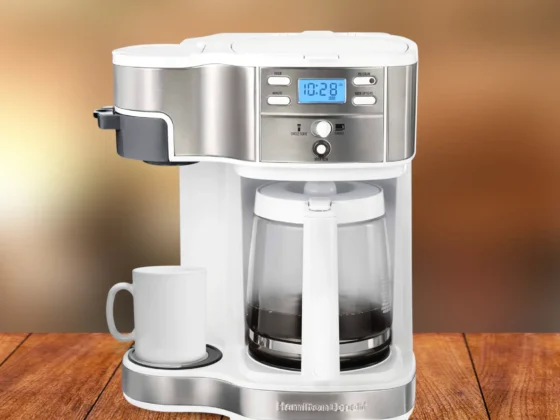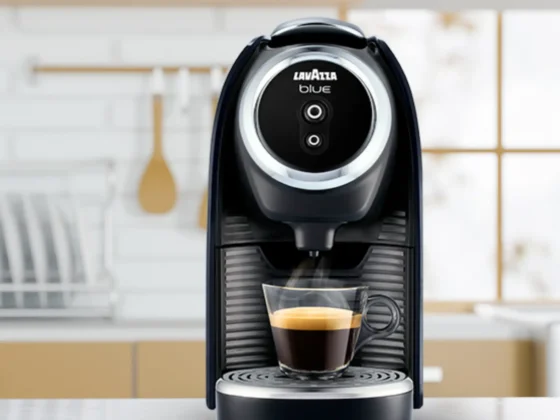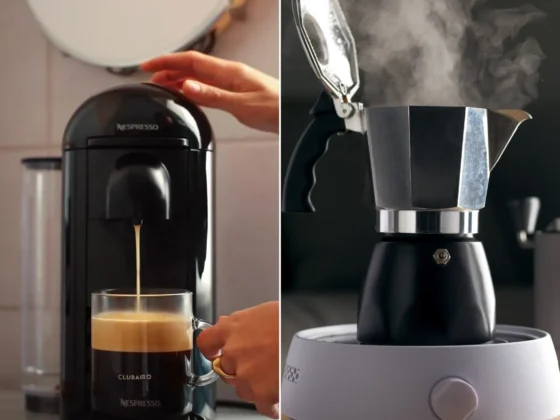Diving deep into the world of coffee, one quickly realizes that not all grinds are created equal. Among the myriad of grind sizes available, there’s a special allure to the coarse variety. Especially popular among enthusiasts seeking the best coarse ground coffee for French press, this unique texture promises a delightful depth of flavor and a transcendent coffee experience. In this article, we’ll embark on a journey, exploring the nuances of coarsely ground coffee and how it holds the key to unlocking rich, aromatic brews that dance on the palate. So, grab your favorite mug, and let’s set sail into a world of unmatched taste and texture.
Coarse Ground Coffee: Key Takeaway
- Brewing Techniques Matter: The choice of coarse ground coffee plays a crucial role in specific brewing methods such as the French press, cold brew, and the classic percolator, delivering a richer and smoother flavor profile.
- Flavor Nuances: Coarse ground coffee beans from different regions bring varied flavor notes, with factors like roast level further refining the taste profile, offering coffee enthusiasts a diverse sensory experience.
- Grinding Consistency is Key: Achieving a consistent grind, especially with tools like a burr coffee grinder, is paramount to extracting the perfect flavor from coarsely ground coffee.
- Optimal Storage Ensures Freshness: How to properly store coffee grounds, such as using airtight containers and keeping them in cool, dark places, can greatly impact the longevity and quality of the coffee’s taste.
- Brewing Dynamics: Factors like coffee brewing temperature and steeping time significantly affect the coffee’s extraction process, emphasizing the importance of mastering these elements for the perfect cup.
Best Coarse Ground Coffee Selection of 2023
The world of coarse ground coffee has unveiled some truly exceptional brands, ones that elevate the cold brew experience to new heights. We’ve handpicked some of the finest brands in the market this year: Bizzy Organic Cold Brew, Stone Street, Stone Cold Jo, Cold Brew Lab Organic, and Primos Coffee Co. Let’s dive into the intricate notes, unique profiles, and exceptional quality that each brand has to offer.
Bizzy Organic Cold Brew Coarse Ground Coffee
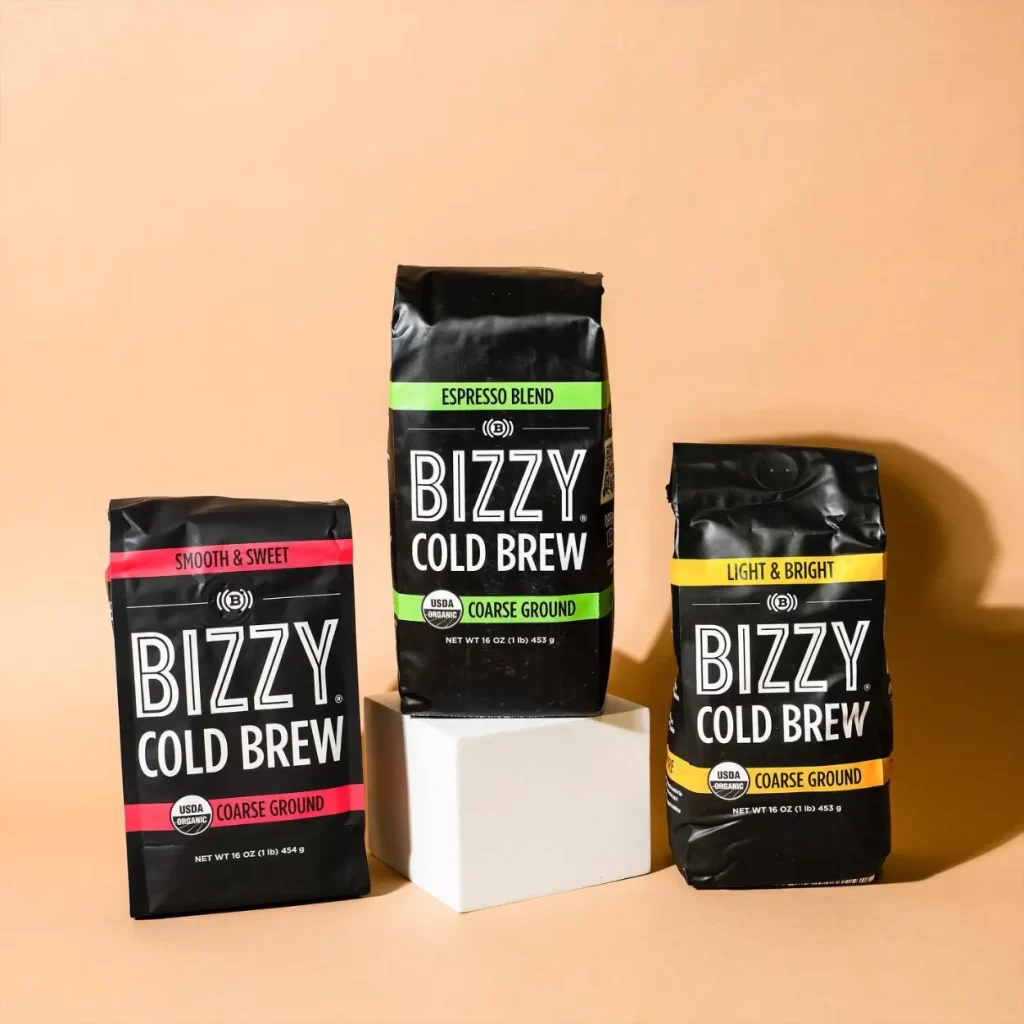
No products found.
As a coffee aficionado, I’ve had the pleasure of tasting countless coffees, but Bizzy Organic Cold Brew stands out prominently. Born from the soils of Guatemala, Peru, and Nicaragua, this coffee takes the art of cold brew to the next level. As the name suggests, the brand is a reflection of our fast-paced lives. While most brands focus solely on taste, Bizzy integrates both taste and adaptability, catering to a broad spectrum of cold brew enthusiasts. The various bag options offer a symphony of flavors, from the fruity undertones of the Breakfast Blend to the gentle light-roasted tones of the Light & Bright blend.
Coffee Highlights:
- Ethical sourcing: 100% organic beans from Guatemala, Peru, and Nicaragua.
- Variety: Five distinct blends catering to varied taste preferences, providing various flavor options for consumers.
- USDA Certified: A testament to quality, soil health, and sustainable practices.
- Flexibility: Coarse grounds optimized for a range of brewing methods.
- Affordability: High quality at a pocket-friendly price.
Pros:
- A wide array of blends ensures a flavor profile for every palate.
- The meticulous roasting process ensures consistency and quality.
- Comes in various flavor options.
- Highly sustainable and ethically sourced.
Cons:
- The grind size displayed inconsistency, accompanied by an abundance of powdered and residual dust within the bag.
- The packaging lacked a prominent allergen warning, particularly concerning nut content.
- Some blends might be too intricate for beginners.
Stone Street Cold Brew Coarse Ground Coffee

No products found.
Stone Street’s foray into the world of the best coarse ground coffee for cold brew is a harmonious blend of expertise and passion. Using premium Colombian gourmet arabica beans, Stone Street presents a coarsely ground coffee that is meticulously designed for cold brewing. This dark roast Colombian Supremo is truly the epitome of quality, unlocking rich, nutty, and chocolatey nuances that promise to tantalize your taste buds. Brewed in the heart of Brooklyn since 2009, it stands as a testament to artisanal excellence.
Coffee Highlights:
- Origin: Superior Colombian gourmet arabica beans.
- Blend: Robust and smooth, perfectly balanced for cold brew and iced coffee.
- Packaging: 1 lb resealable bag with three-layered natural kraft and foil lining.
- Freshness: Roasted in Brooklyn, ensuring a fresh batch in every package.
- Versatility: Ideal consistency for varied brewing methods, including French press and mason jars.
Pros:
- Consistent, flavorful dark roast with smooth finishing notes.
- Packaging ensures extended freshness and easy storage.
- Low acidity ensures a gentler taste and is easier on the stomach.
Cons:
- Dark roast might not cater to those seeking lighter coffee profiles.
- The coffee is on the pricier side, potentially limiting its audience.
Stone Cold Jo Organic Coarse Ground Coffee
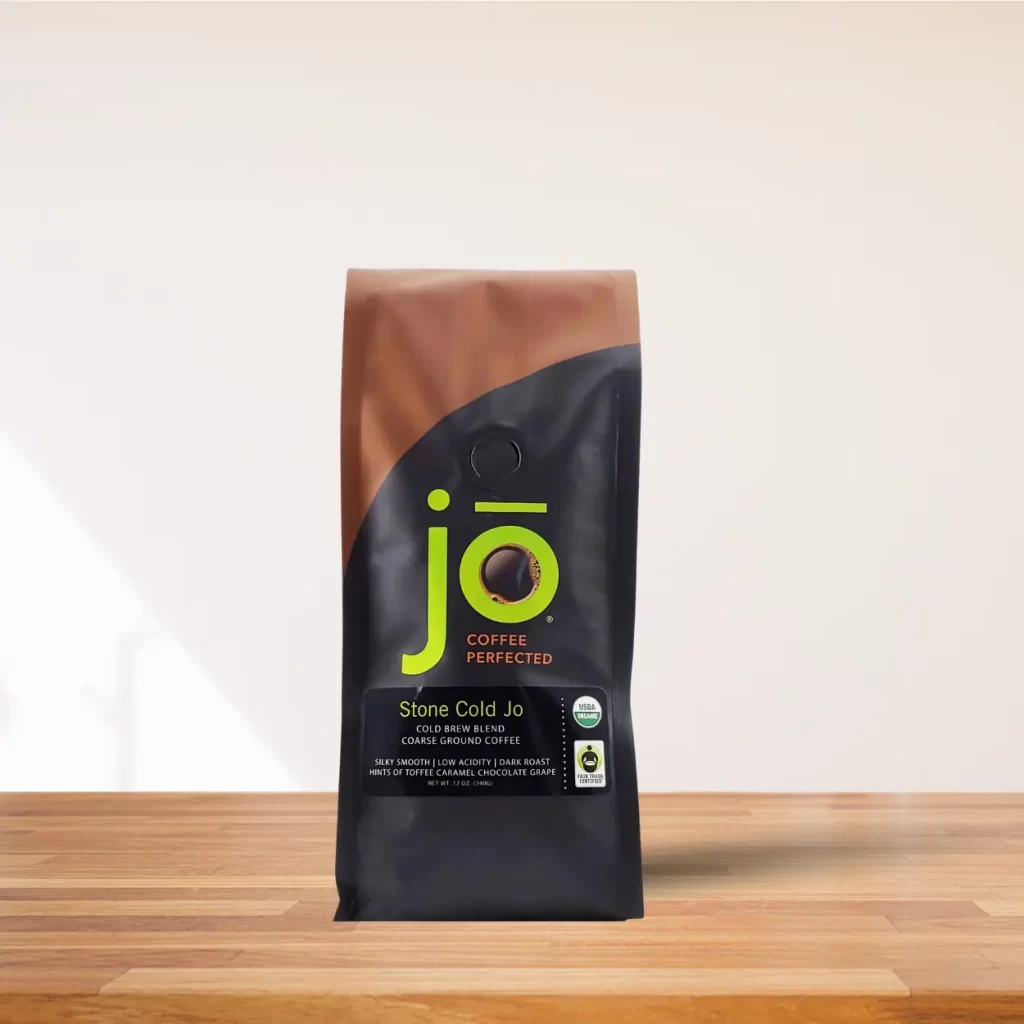
No products found.
Step into the world of Stone Cold Jo, where cold brew reaches the zenith of its potential. It’s no surprise that coffee enthusiasts, novice and seasoned alike, are gravitating towards this dark roast of sheer indulgence. Infused with a harmonious bouquet of toffee, caramel, chocolate, and grape, every sip feels like a crafted journey, exploring the depths of cold brew mastery. But why choose Stone Cold Jo? Simple. It’s a combination of ethical sourcing, rigorous standards, and a passionate endeavor for perfection.
Coffee Highlights:
- Organic Purity: Adherence to USDA guidelines ensures impeccable soil quality, water standards, and overall cultivation.
- Elite Standards: Member of the Roaster’s Guild and the Specialty Coffee Association.
- Exclusive Selection: Uses the top 2% of globally Certified Organic Arabica raw coffee.
- Fair Trade Certified: Emphasizing responsible practices, farmer empowerment, and environmental conservation.
- Kosher Certified: Aligning with rigorous dietary standards.
- Immaculate Craftsmanship: Every roast reflects meticulous artisanal effort.
Pros:
- Silky smooth texture coupled with low acidity ensures a gentle yet flavorful palate experience.
- Ethically sourced, supporting a transformative approach to commerce.
- Distinct dark roast profile with all-natural hints of toffee, caramel, chocolate, and grape.
Cons:
- Some coffee enthusiasts find the taste too bitter or liken it to a burnt flavor.
Cold Brew Lab Organic Coarse Ground Coffee
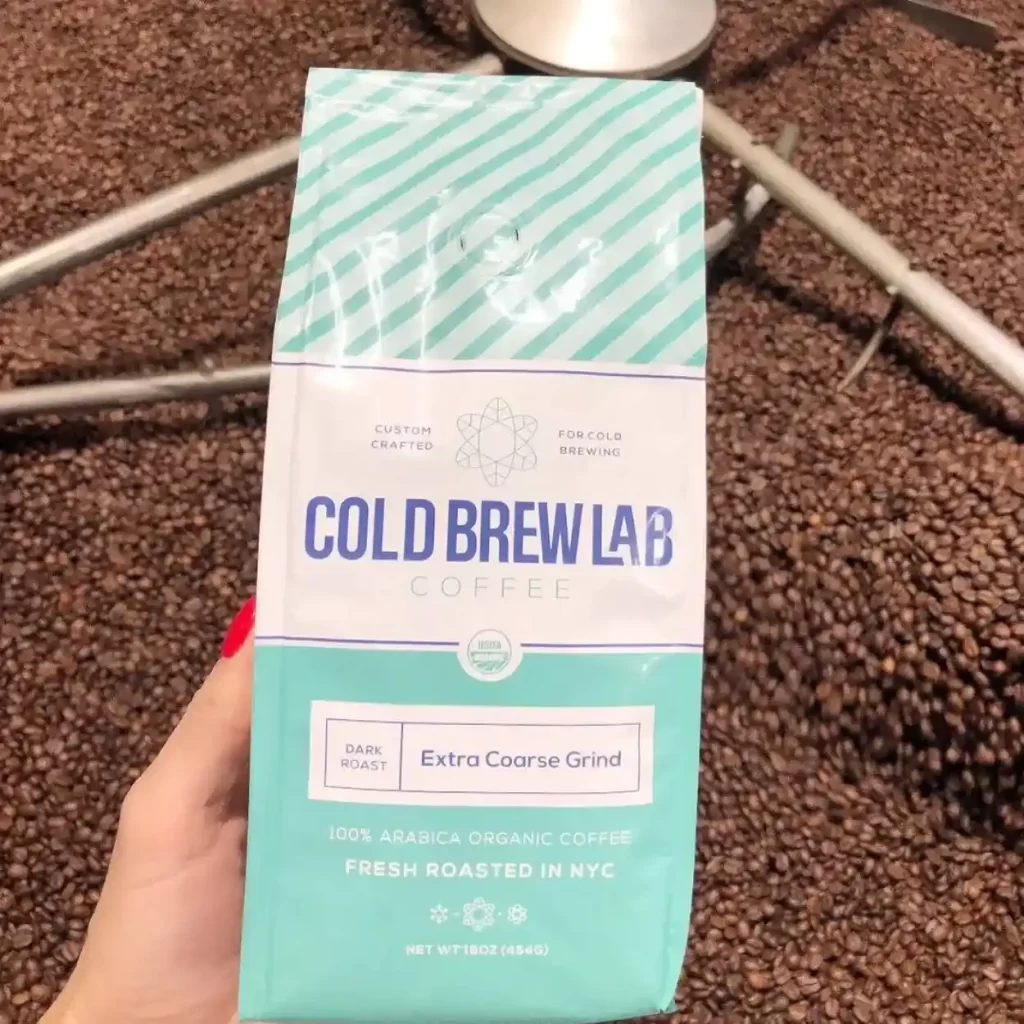
No products found.
Cold Brew Lab, nested in the bustling energy of New York City, brings a sophisticated twist to the art of cold brew coarse ground coffee. For those relentlessly chasing the perfectly crafted cold brew, Cold Brew Lab’s blend offers a solace of smoothness and vigor. This artful creation is the result of harmonizing medium and dark roast beans, resulting in a brew that tantalizes with boldness yet soothes with its smooth finish. Every bean speaks of the Colombian Supremo lineage, bearing witness to the brand’s unwavering commitment to quality and authenticity.
Coffee Highlights:
- Artisanal Crafting: Specially formulated for cold brew extraction, ensuring a robust yet smooth profile.
- Organic Source: 100% Arabica Colombian Coffee, USDA-certified organic, free from pesticides.
- Roast Blend: A proprietary fusion of medium and dark roasted coffee beans, exclusively tailored for cold brew.
- Freshness Guaranteed: Roasting and packaging operations align closely with shipping from NYC.
- Optimal Grind: Extra-coarse ground coffee beans suitable for various cold brewing methods.
Pros:
- Embraces specialty-grade, gourmet 100% Arabica beans, ensuring unparalleled flavor and aroma.
- The roast blend ensures a balanced cup, harmonizing smoothness with bold undertones.
- NYC-based operations ensure peak freshness upon delivery.
Cons:
- Due to high demand, availability can sometimes be a concern, leading to occasional stock-outs.
Primos Coffee Co. Medium Roast Coarse Ground
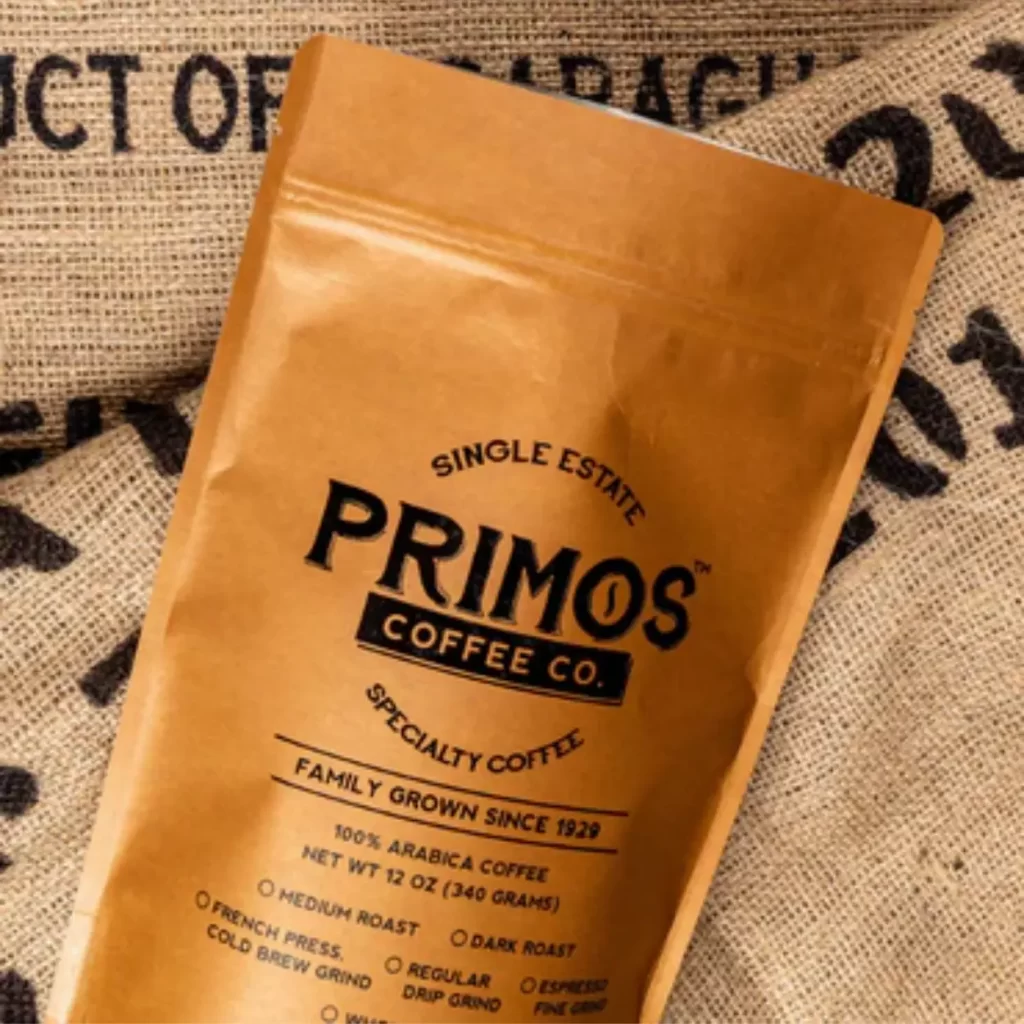
No products found.
In the vast landscape of coffee offerings, Primos Coffee Co. emerges as an epitome of artisanal dedication and timeless tradition. Originating from the lofty peaks of Jinotega, Nicaragua, Primos has been steeped in a rich family legacy since 1929, delivering not just a coffee but a narrative of passion, care, and heritage. Each sip unravels the meticulous journey of the Arabica bean, from the fragrant blossoms of May to the labor-intensive hand-picking of cherries at the apex of their ripeness. But why Primos? It’s the unwavering consistency, the refusal to blend, and the genuine homage to the European preparation method that makes every cup a nostalgic experience.
Coffee Highlights:
- Origins Rooted in Tradition: Harvested from a fourth-generation family farm in Jinotega, Nicaragua.
- High-Altitude Cultivation: Exclusively grown under the protective shade at elevated terrains.
- Peak Ripeness Harvesting: Ensuring only perfectly mature cherries are handpicked and processed.
- Texas Precision Roasting: Small batch drum roasting to highlight the coffee’s velvety texture and subtle flavors.
- Perfect Grind: Coarsely ground coffee catering specifically to French press aficionados.
- Unparalleled Quality: Boasts 100% Arabica excellence, a testament to its superior grade.
Pros:
- Delivering a harmonious blend of sweetness and nuanced flavors of fruit and cacao, the coffee strikes a perfect balance for those seeking a mild, smooth experience.
- The dedicated and sustainable farming practices, coupled with careful post-harvest processing, ensures consistency in every cup.
- A heartwarming tale of legacy, with every bean telling a story of the family’s dedication to the craft and to their homeland.
Cons:
- Those seeking a robust punch might find the taste leaning a tad towards the milder side.
What is Coarse Ground Coffee?
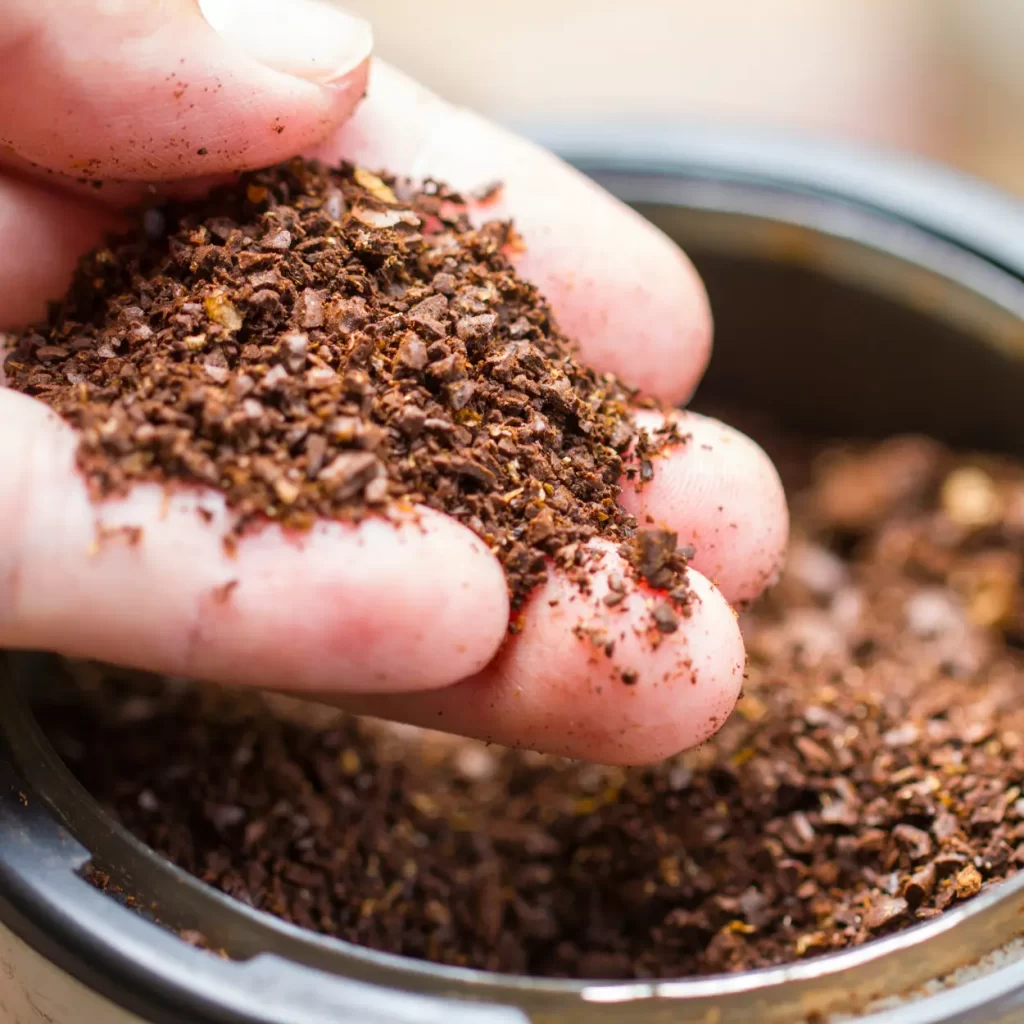
Coarse ground coffee refers to coffee beans that have been ground to a chunky consistency, much like breadcrumbs. Unlike finely ground coffee, which has a powdery texture, coarse grounds are discernibly granular and feel gritty when rubbed between your fingers. This specific grind size is pivotal for particular brewing methods, ensuring optimal flavor extraction and a smooth cup of coffee.
Key Characteristics of Coarse Ground Coffee
- Texture: When you feel coarse coffee grounds, they should be reminiscent of bread crumbs or sea salt in coarseness.
- Appearance: Distinct, individual granules should be visible, unlike the almost powdered look of finely ground coffee.
- Best Uses: Ideally suited for brewing methods like French Press and cold brew, where the water and coffee grounds interact for an extended period.
- Flavor Profile: The extended brewing process, combined with the coarse texture, often leads to a smooth, full-bodied flavor, with low acidity.
Benefits of Coarse Ground Coffee
- Reduced Over-Extraction: The larger particle size prevents the over-extraction of flavors, ensuring your coffee doesn’t taste too bitter or acidic.
- Clear Brew: As the particles are larger, they are less likely to slip through filters or mesh, resulting in a cleaner cup of coffee.
- Optimized for Prolonged Brewing: Coarse coffee grounds are perfect for methods where water and coffee remain in contact for a long duration, like cold brews or French Presses.
- Less Acidic: The brewing methods associated with coarse grounds often result in a less acidic cup, which can be easier on the stomach and better for those with acid sensitivity.
- Versatility: Apart from the French Press and cold brew, coarse ground coffee is also suitable for percolators and some other manual brewing methods.
- Greater Caffeine Extraction in Cold Brew: While it takes longer, the cold brew method with coarse grounds can result in a higher caffeine concentration, giving you a more potent brew.
- Artisanal Experience: The use of coarse coffee grounds often aligns with more manual, hands-on brewing methods, offering an artisanal and meditative experience that many coffee lovers cherish.
Downsides of Coarse Ground Coffee
- Inconsistent Brewing with Incorrect Methods: When used in brewing methods not tailored for coarse grounds (like espresso machines or Aeropress), the result can be an under-extracted, weak, and watery coffee.
- Not Suitable for Quick Brewing: If you’re in a hurry, coarse ground coffee isn’t the best option. Brewing methods that use coarse grounds, like the French Press, require a longer steeping time to extract the coffee’s full flavor.
- Waste Concerns: Coarser grounds can sometimes lead to using more coffee beans for a brew. This can mean going through a bag of coffee beans faster, which might not be as economical for some.
- Storage Concerns: Given their larger size, coarse coffee grounds can lose their freshness a bit quicker than finer grounds if not stored properly.
- Risk of Over-steeping: Particularly in cold brew or French Press methods, there’s a fine line between just right and over-steeping, which can produce overly bitter flavors.
In essence, understanding what is coarse ground coffee and its distinct attributes is essential for anyone keen on brewing the perfect cup. Whether you’re a seasoned barista or a coffee novice, recognizing the importance of grind size can elevate your coffee game significantly.
History and Importance of Coarse Ground Coffee
The art of coffee making is as old as time, and the story of coarse ground coffee beans is an essential chapter in this narrative. As civilizations embarked on their coffee journeys, the way they processed and ground these beans shaped not just their morning routines but also their cultural heritage. While the world now offers a myriad of grinding options tailored to modern brewing methods, the legacy of coarse coffee grounds remains entrenched in many coffee rituals and traditions.
The Evolution of Coffee Grinding Techniques

Historic Grinding Methods
Roughly in the year 800 A.D., the people of ancient Ethiopia initiated the practice of grinding coffee beans to produce finely textured coffee grounds. In Ethiopia, the significance of coffee is profound, to the extent that the nation once organized a dedicated ceremony to pay homage to this beverage. In bygone eras, coffee held a role more akin to sustenance rather than the present-day perception of a delightful drink. The process involved mashing fresh berries, enveloping them in fat, and then subjecting them to roasting—an ancient custom that might have shared some similarities with modern energy bars, a connection not entirely implausible. During that time, the favored tool for coffee grinding was the pestle, a preference upheld for around eight centuries. Around 1350 B.C., the concept of a mill was pioneered by the Greeks, defining a mechanism aimed at pulverizing substances into a fine powder.
The Inaugural Coffee Mill Creation
In the fifteenth century, it was the Turks or Persians who are credited with devising the earliest spice grinder. Just as Ethiopians hold coffee in high esteem, Turks also regard it with great reverence. Coffee forms an integral part of their daily routines, seamlessly intertwining with their lives, and it even plays a role in their matrimonial ceremonies. A pivotal moment occurred in 1665 when Nicholas Book introduced what he asserted to be the exclusive coffee mill tailored specifically for grinding coffee. This terminology was adopted in 1722 by Humphrey Broadbent, who referred to it as the “London coffee man.” A notable contingent of esteemed individuals in Holland take it upon themselves to roast their own coffee beans. The year 1828 marked a significant milestone with the issuance of the first coffee grinder patent in the United States.
The First Coffee Grinder
Emerging onto the scene in the early 18th century, the first-ever coffee grinder took the form of a mortar and pestle. In regions like Ethiopia, the Middle East, and early coffee-producing nations like Australia, individuals who relished coffee would skillfully crush the beans using a compact mallet and a concave vessel. (1)
Electric Grinders
The 20th century heralded the era of electric grinders, bringing with them the ability to produce a consistent grind size. While they offered a range from ultra-fine to coarse, many traditionalists and purists continued to lean towards the coarser end of the spectrum for specific brewing methods.
Why Coarse Grind is Essential for Certain Brewing Methods

Certain brewing methods necessitate the use of coarse coffee grounds due to the prolonged exposure between water and coffee. Here’s why:
- Optimal Extraction: As previously discussed, In brewing methods like the French Press or cold brew, the water remains in contact with the coffee for an extended period. Coarse grounds ensure that the coffee doesn’t get over-extracted, which can lead to a bitter taste.
- Reduced Sediment: Coarse grounds are less likely to slip through metal or mesh filters commonly used in French Presses or percolators. This leads to a cleaner, more transparent brew without the gritty sediment.
- Flavor Profile: Coarse ground coffee beans offer a unique, rich flavor profile, particularly suitable for methods like cold brew, where the aim is a smooth, aromatic, and low-acid beverage.
Cultural Significance of Coarse Ground in Global Coffee Traditions
- Middle Eastern Traditions: While Turkish coffee uses a very fine grind, many other Middle Eastern coffee traditions, particularly those involving boiling or decoction, opt for coarser grounds to ensure a smooth and sediment-free brew.
- European Influences: The French Press or “cafetière,” hailing from France, specifically requires coarse grounds to maximize flavor while minimizing bitterness. (2) This brewing technique has been adopted and celebrated worldwide.
- Cold Brew from Japan: Originating from Japan, the cold brew method has become a global phenomenon, especially in hotter climates. This method’s essence lies in its use of coarse ground coffee beans, steeped for several hours, yielding a brew both potent in caffeine and smooth in flavor. (3)
Throughout history, the coarseness of ground coffee has been both a result of the available grinding techniques and a deliberate choice for flavor and cultural preferences. As the world of coffee continues to evolve, the time-honored tradition of coarse grinding remains a testament to its enduring appeal and significance.
Brewing Methods Suited for Coarse Ground Coffee
The nuanced flavors of coffee can be significantly influenced by the choice of grind size. Just as fine grounds are optimal for certain brewing methods like espresso, coarse grounds have their rightful place in the coffee universe. They shine particularly brightly in specific brewing techniques, each of which extracts a unique flavor profile from the coffee beans. The following are some of the most celebrated brewing methods that champion the use of coarse grounds.
Introduction to the French Press Technique
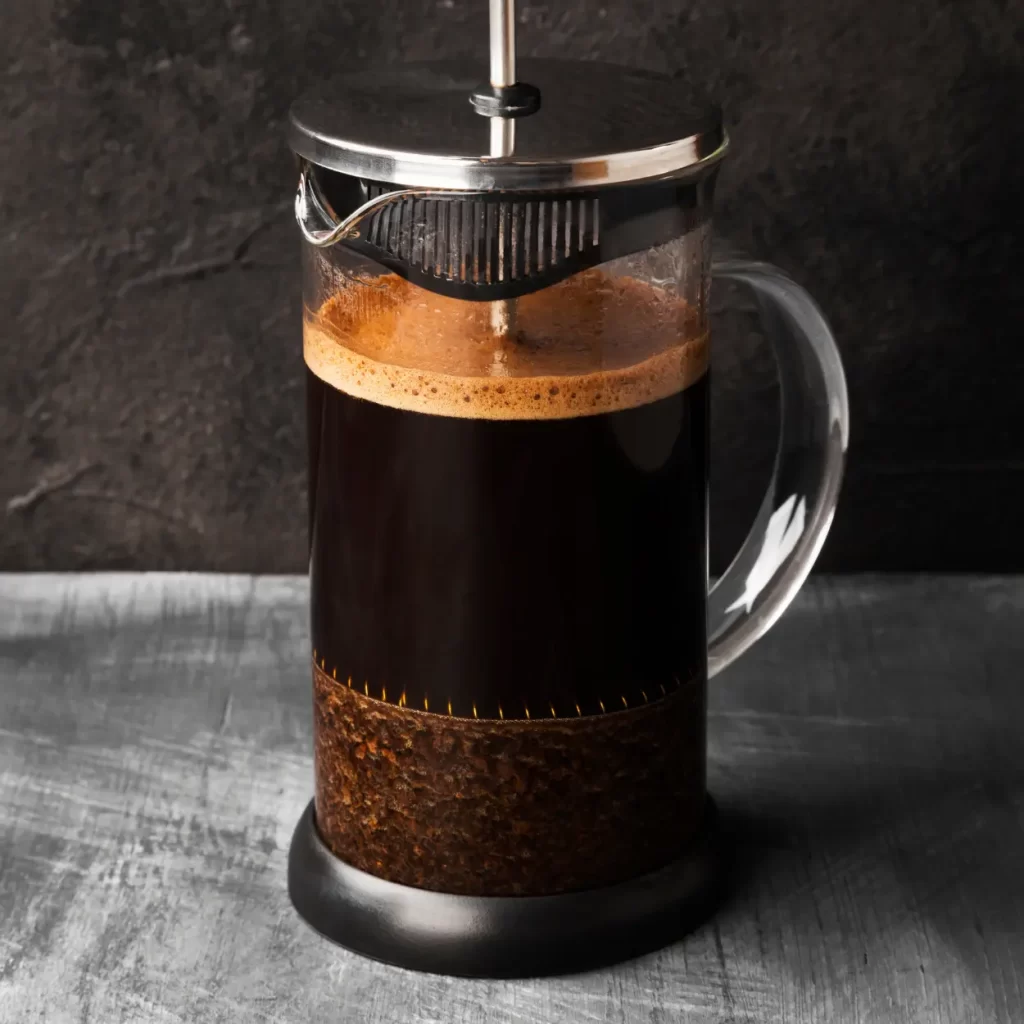
The French Press, often revered for its simplicity and elegance, is an immersion brewing method that perfectly complements coarse grounds. Here’s a breakdown:
- Methodology: Begin by adding your coarse ground coffee for French Press into the press pot. Pour hot water (just off the boil) over the grounds, ensuring they are evenly saturated. Place the lid onto your French Press and let the coffee steep for about 4 minutes. Finally, press the plunger down slowly and serve immediately.
- Flavor Extraction: The extended immersion time allows for a robust flavor extraction, rendering a full-bodied and aromatic cup of coffee.
- Advantages: The French Press method is non-electric, portable, and offers a greater degree of control over brew time, making it popular among coffee enthusiasts seeking a hands-on approach.
Cold Brew: The Summer Favorite

Cold brew coffee is not just a fad but a testament to the versatility of coffee. When using best coarse ground coffee for cold brew, you’re set to achieve a beverage that’s smooth, flavorful, and devoid of the usual bitterness.
- Methodology: Combine your coarse coffee grounds with cold water at a ratio of about 1:5. Stir it well and let it steep for about 12-24 hours, either in the refrigerator or at room temperature. Once brewed, filter out the grounds and serve over ice.
- Flavor Profile: Cold brew emphasizes milder acidity, producing a naturally sweeter, chocolaty, and smooth coffee.
- Versatility: The concentrate can be diluted to preference, mixed with milk or syrups, or even used in coffee-based recipes and cocktails.
The Resurgence of the Percolator: A Classic Method
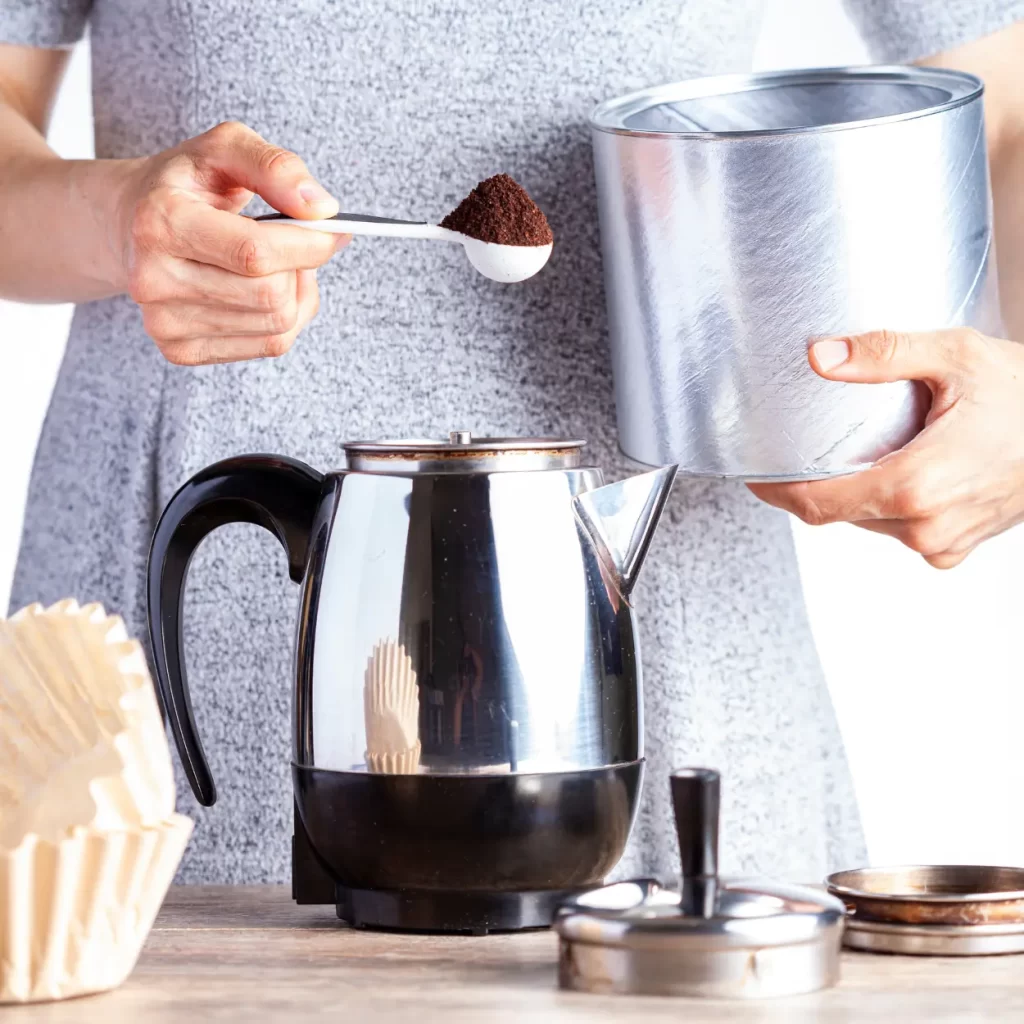
With the rapid evolution of coffee brewing gadgets, it’s easy to overlook some of the old-school classics. The percolator, once a household staple, is making a comeback among those yearning for a nostalgic and robust coffee experience.
- Methodology: Water in the bottom chamber of the percolator heats up and is forced through a tube into a filter-basket holding the coarse ground coffee for the percolator. The water then drips through the coffee grounds, becoming saturated with coffee essence, and returns to the bottom chamber. This cycle continues until the brew reaches the desired strength.
- Flavor Characteristics: Coffee brewed in a percolator is notably bold, rich, and has a unique taste that many describe as “old-school.”
- A Return to Basics: The percolator, in its stovetop or electric versions, reminds us of the timelessness of coffee and its ability to bring people together.
While coarse ground coffee might not be the go-to for all brewing methods, it undoubtedly is the hero for some of the most cherished ones. Whether you’re after the robust richness of a French Press, the smooth allure of cold brew, or the nostalgic punch of a percolator, coarse grounds have got you covered.
Taste Profiles and Bean Origins

The artistry behind every cup of coffee lies not just in the brewing process but in the very essence of the bean, its origin, and its roast. The synergy between these elements becomes especially pronounced in the realm of coarse ground coffee, where the prolonged extraction time unveils layers of flavors, accentuating the true character of the bean.
Understanding Flavor Notes in Coarse Ground Coffee
When we speak of the flavor notes in coarsely ground coffee, we’re delving into the delicate symphony of tastes and aromas that a particular bean carries.
- Complexity and Depth: Coarse grinds, due to their extended extraction time in methods like the French Press, allow drinkers to explore the multifaceted profiles of coffee beans. This results in pronounced primary flavors, accompanied by underlying secondary and tertiary notes.
- Terroir Influence: Just like wine, coffee beans carry the signature of their place of origin. Factors such as soil, altitude, and climate play a significant role in determining flavor notes. For instance, Ethiopian coffee might bring forth floral or fruity undertones, while a Sumatran might lean towards earthy and spicy.
- Unlocking the Notes: To truly appreciate these flavors, it’s essential to sip slowly and let the coffee roll over different parts of your palate, from the tip to the sides and back.
Best Coffee Regions for a Coarse Grind
Certain coffee beans, given their inherent flavor profiles, shine exceptionally well when coarsely ground. Here are the regions to consider:
- Central America: Known for balanced coffees with crisp acidity and flavors ranging from fruity to chocolatey. Ideal for those who appreciate a harmonious cup.
- African Countries (like Ethiopia and Kenya): These regions often produce beans with vibrant acidity and notes of berries, wine, or even floral hints. A coarse grind ensures these nuanced flavors aren’t lost.
- Indonesia (especially Sumatra): These beans are known for their full-bodied, earthy, and sometimes herbal flavor profiles. The coarse texture ensures a slow extraction, which beautifully captures this richness.
The Impact of Roast Levels on Taste Profiles
It’s imperative to understand that the roast level can dramatically transform the flavor profile of coarse ground coffee beans.
- Light Roast: Retains most of the original coffee bean’s characteristics. Expect higher acidity and more pronounced flavors that reflect the bean’s origin. It might bring out floral, fruity, or herbal notes.
- Medium Roast: Strikes a balance between the bean’s inherent flavors and the flavors developed during roasting. You might detect hints of caramel, brown sugar, or toasted nuts.
- Dark Roast: Dominant flavors emerge from the roasting process itself. Expect bold, smoky, chocolaty, or even slightly bitter notes.
In essence, the dance between taste profiles and bean origins is intricate and delightful. With coarse grounds, this dance becomes a slow waltz, revealing the richness, depth, and authenticity of the bean in every cup.
Expert Tips and Hacks for Perfect Brewing
The journey of coffee from bean to cup is one of passion, precision, and practice. While many factors influence the final taste of your brew, some expert tips can significantly elevate your coffee experience. From achieving a uniform grind to mastering the right coffee brewing temperature, let’s dive into the nuances that can transform your daily cup.
Achieving a Consistent Grind at Home

The foundation of an impeccable coffee cup lies in its grind. When it comes to coarse grinds, consistency is key to ensuring uniform extraction.
- Invest in Quality: Opt for a burr coffee grinder over a blade grinder. Burr grinders offer a consistent grind size, which is vital for a balanced extraction.
- Adjust to Preference: Understand the coarseness level suitable for your brewing method. For instance, when learning how to make French press coffee, you’d want a consistency resembling breadcrumbs.
- Clean Regularly: Coffee oils and residual grounds can influence future brews. Ensure your grinder is cleaned periodically to maintain its performance and the purity of flavor.
Water Temperature and Steeping Time for Optimal Extraction
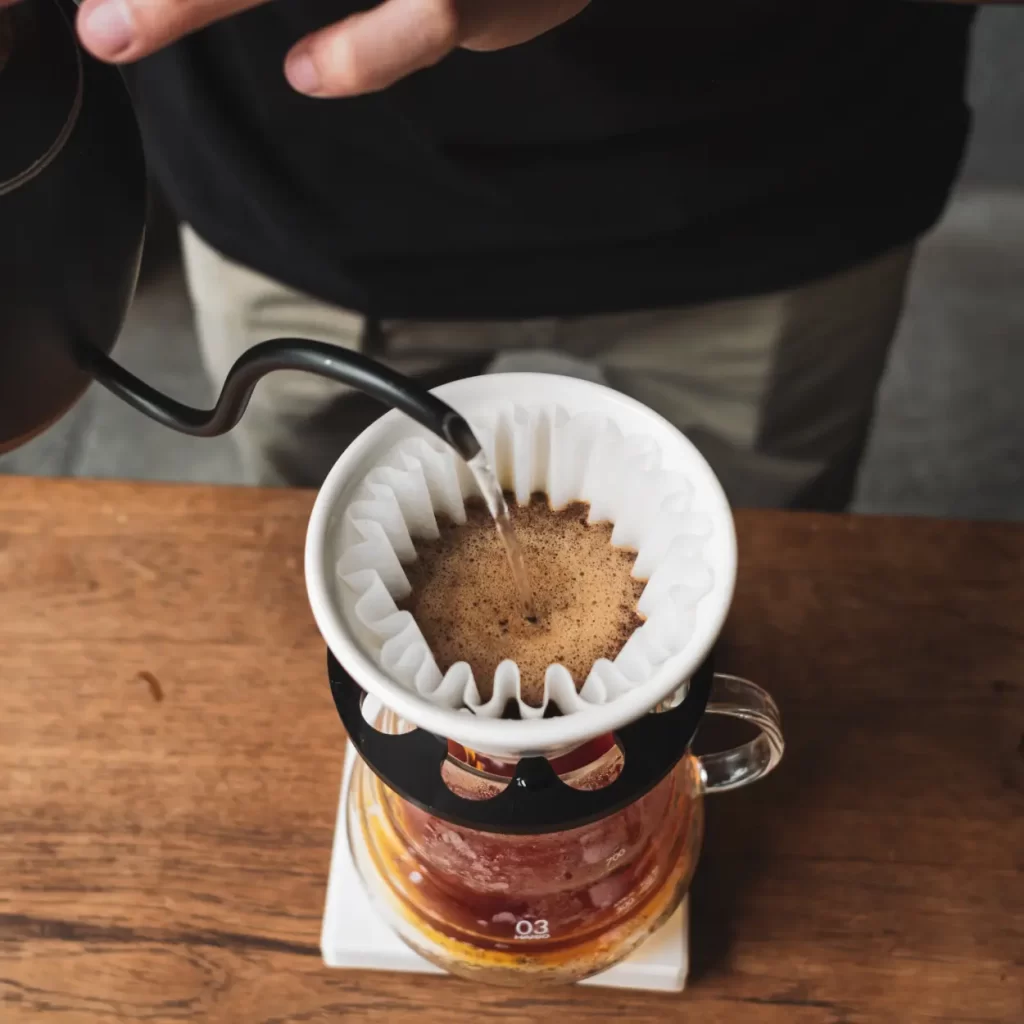
Brewing is an art, and like all art forms, details matter. One of the most crucial aspects is mastering the balance between water temperature and steeping time.
- Heat Matters: The ideal coffee brewing temperature lies between 195°F to 205°F (90°C to 96°C). Too hot, and you risk over-extraction leading to bitterness. Too cold, and you might under-extract, resulting in a flat taste.
- Watch the Clock: Steeping time can vary based on your chosen method. For a French press, for example, 4-5 minutes is generally recommended. Adjust according to your taste preference: shorter for a lighter brew, longer for a stronger one.
- Pre-infusion or Blooming: Before the full brew, wet the grounds with a bit of hot water, allowing them to “bloom” for about 30 seconds. This releases carbon dioxide and ensures even saturation.
Storage and Freshness: Keeping your Coarse Ground Coffee Prime
Freshness can make or break your coffee experience. Knowing how to properly store coffee grounds ensures that you maintain their flavor, aroma, and quality over time.
- Air-Tight and Cool: Store your coarse ground coffee in an air-tight container to prevent exposure to oxygen, which can degrade its quality. Keep it in a cool, dark place, away from direct sunlight or any heat source.
- Avoid Moisture: Humidity is an enemy of coffee grounds. Ensure your storage container is kept in a dry place, and always use a dry spoon when handling it.
- Bulk Buying vs. Regular Fresh Purchases: While buying in bulk might be cost-effective, it can compromise on freshness. Consider buying smaller amounts more frequently to ensure a fresher taste.
In the world of coffee, attention to detail can elevate your experience from ordinary to extraordinary. With these expert insights, every sip becomes a testament to your brewing prowess.
Conclusion
Embarking on this exploration of the best coarse ground coffee, we’ve journeyed through the intricacies of grind, the expertise behind brewing, and the rich tapestries of flavor that await in every cup. From the iconic French press to the cool delights of cold brew, coarse grinds play an instrumental role in defining the coffee experience. Coarsely ground coffee is not just a choice; it’s a statement of preference for those who cherish depth, authenticity, and a full-bodied sip. As you steep, pour, and relish your next brew, take a moment to appreciate the legacy and craft that goes into every granule. Here’s to many more flavorful journeys in every sip!
FAQ
How does grind size affect coffee flavor?
Grind size influences extraction rates; finer grinds can lead to faster extraction and potentially bitter flavors, while coarser grinds often result in a smoother, more balanced cup.
Why do certain brewing methods require coarse ground coffee?
Certain methods, like the French press and cold brew, involve longer steeping times, and using coarse ground coffee prevents over-extraction, ensuring a smoother taste.
How to store coarse ground coffee for maximum freshness?
Store coarse ground coffee in an airtight container in a cool, dark place, away from direct sunlight and moisture.
Which coffee regions produce the best beans for coarse grinding?
Regions like Ethiopia, Colombia, and Brazil are renowned for producing beans that yield excellent flavors when coarsely ground.

